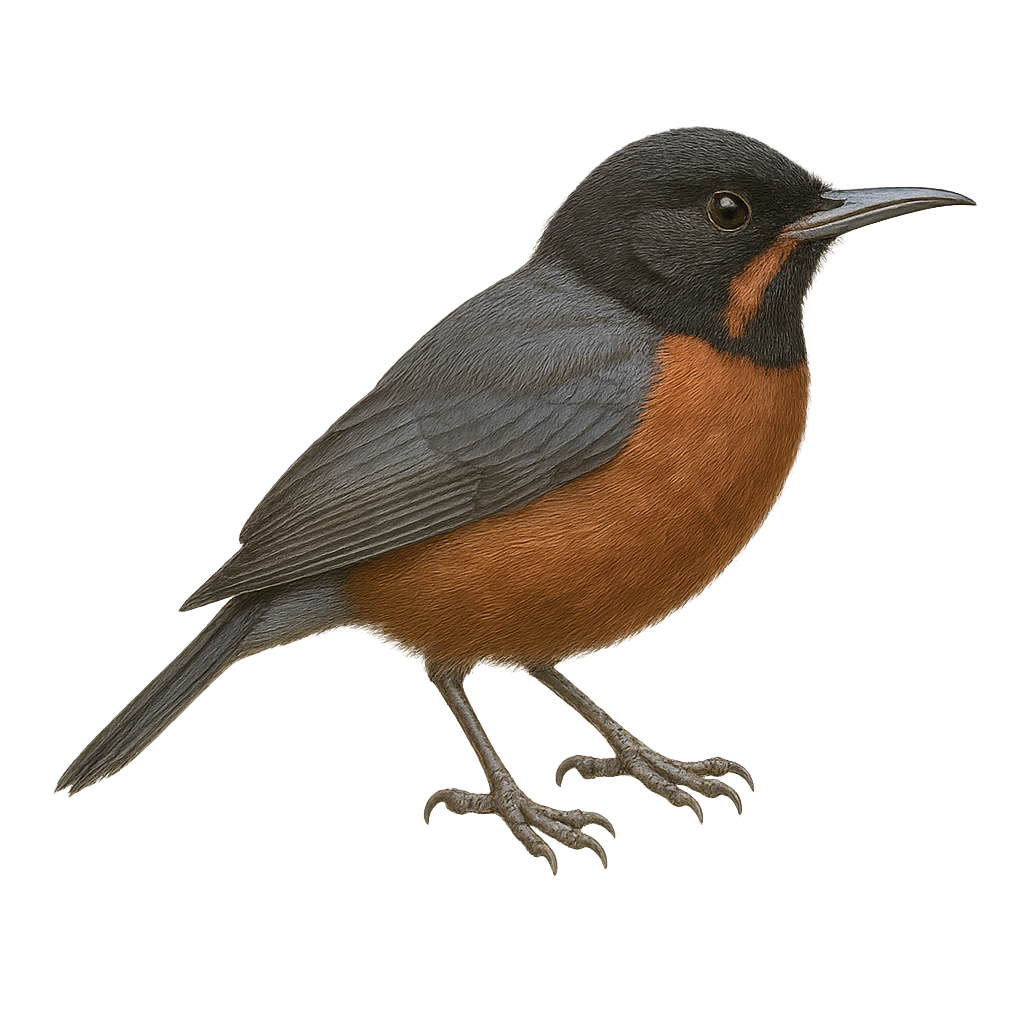Your wildlife photography guide.
Explore the rusty flowerpiercer in detail, study its behavior, prepare your shots.
Where to observe and photograph the rusty flowerpiercer in the wild
Learn where and when to spot the rusty flowerpiercer in the wild, how to identify the species based on distinctive features, and what natural environments it inhabits. The WildlifePhotographer app offers tailored photography tips that reflect the rusty flowerpiercer’s behavior, helping you capture better wildlife images. Explore the full species profile for key information including description, habitat, active periods, and approach techniques.
Rusty Flowerpiercer
Scientific name: Diglossa brunneiventris

IUCN Status: Least Concern
Family: THRAUPIDAE
Group: Birds
Sensitivity to human approach: Suspicious
Minimum approach distance: 10 m
Courtship display: October to November
Incubation: 13-15 jours
Hatchings: October to December
Habitat:
Humid forests, scrublands, mountains
Activity period :
Primarily active during the day, with peak activity in the morning and late afternoon.
Identification and description:
The Rusty Flowerpiercer is a small passerine bird belonging to the Thraupidae family. It is primarily found in the mountainous regions of the Andes, where it inhabits humid forests and scrublands. Its plumage is characterized by a brownish coloration on the belly, contrasting with darker shades on the back and wings. This bird is known for its thin, curved beak, adapted to its flower-piercing technique to access nectar. Although often solitary, it can be seen in small groups when foraging. Its song is discreet but plays a crucial role in communication among individuals.
Recommended lens:
400 mm – adjust based on distance, desired framing (portrait or habitat), and approach conditions.
Photography tips:
To photograph the Rusty Flowerpiercer, it is advisable to use a 400mm lens or longer to capture detailed images without disturbing the bird. Look for areas where flowers are abundant, as this bird is often attracted to nectar. Be patient and discreet, as it can be suspicious. Use a tripod to stabilize your camera and adjust exposure settings to compensate for light variations in humid forests.
The WildlifePhotographer App is coming soon!
Be the first to explore the best nature spots, track rutting seasons, log your observations, and observe more wildlife.
Already 1 439 wildlife lovers subscribed worldwide

